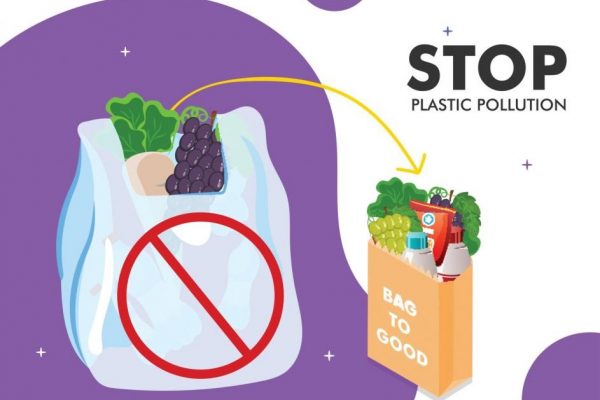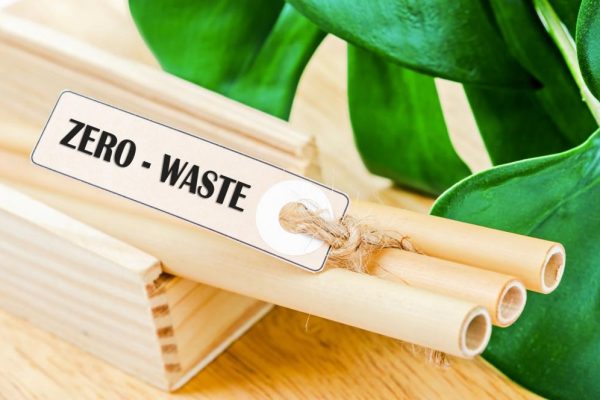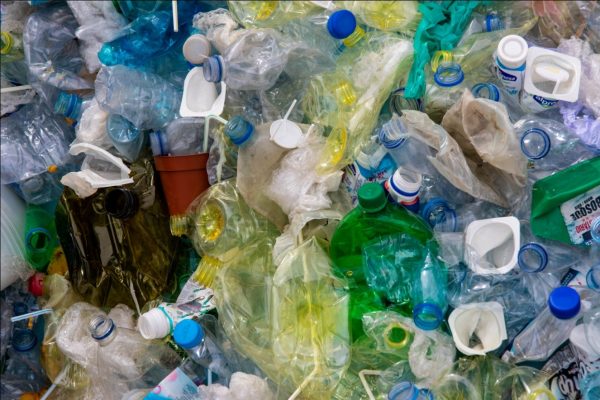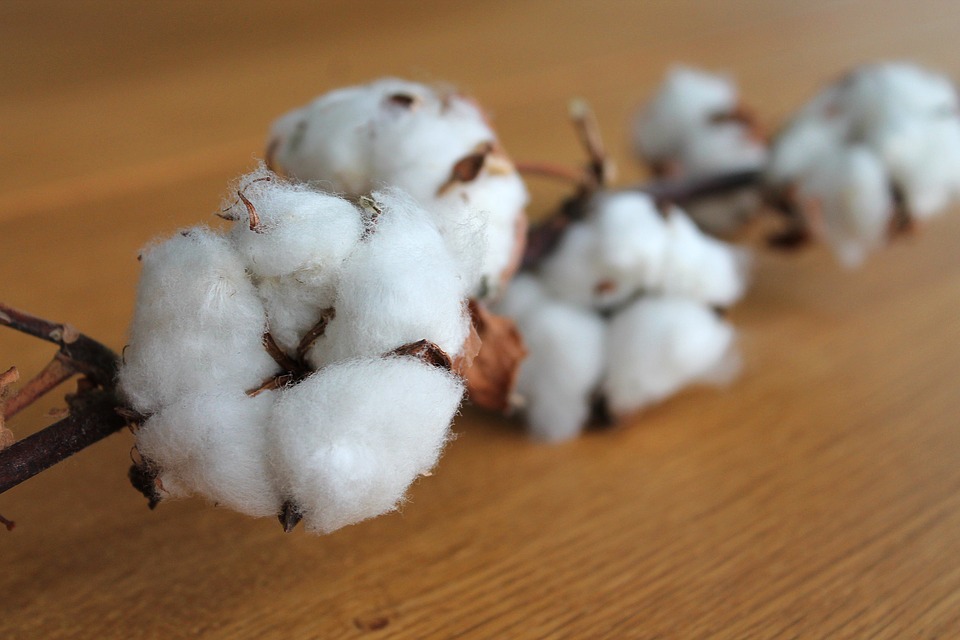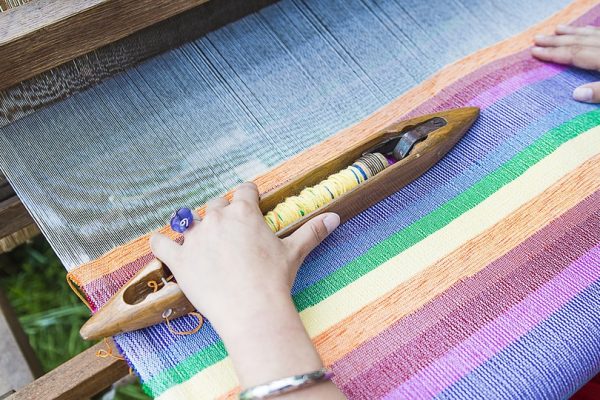With more and more people realizing the impact of their actions on the environment, there has been a shift in consumer behavior and people are increasingly opting for eco-friendly products to reduce their carbon footprint.
While this shift is evident in many areas, giving up on disposable products for reusable ones is fast becoming a universal trend. Becoming aware of how disposable products, especially the ones made of plastic, contribute to environmental pollution, many people are now opting for reusable bags, glasses, bottles, and containers.
But, there is another move (a bigger sustainability switch) we all should be making to reduce our waste contribution and that is to stop using plastic straws.
Think there isn’t much harm in using plastic straws or shifting to reusable straws will be a futile action in the grand scheme of things?
Think again!
You are contributing to the 8 million tons of global plastic waste[1] (yearly) every time you order a drink that comes with a straw. And do you know how many straws Americans use in a single day?
About 500 million! In view of the staggering figures, it’s easy to figure out how big of an impact we can make just by making small changes to our habits and actions.
In case you are still not convinced, take a look at some of the major reasons why reusable straws are better than plastic straws:
1. They are Eco-Friendly
First things first – reusable straws are environment-friendly, in several ways.
Firstly, they are made of fossil fuels, which not only require a huge amount of resources to extract and refine, but are also non-renewable and readily depleting. Secondly, the production process of plastic straws, or any plastic product per se, releases a number of toxic chemicals as by-product, which makes their way into the environment and contributes to pollution.
Thirdly, and this makes the situation even worse, most plastic straws are not recycled and make their way to landfills. Due to their size and shape, straws easily slip through recycling machines. Unfortunately, most recycling centers do not have specialized machines that can catch thin plastic straws and they eventually end up in landfills. Lastly, plastic is not biodegradable, so the straws do not even break down due to natural processes.
Since reusable straws have a long life and are made of recyclable materials, they don’t need to be produced in such huge quantities as plastic straws and also do not contribute to environmental pollution as they can be recycled.
2. They Do Not Pose a Threat to Marine Life
In addition to increasing land pollution, a large number of non-recycled plastic straws make their way into the oceans due to not being disposed-off properly. As a result, they not only contaminate oceans, but also disturb the ecosystem and pose a serious threat to marine life.
There have been several reports on how plastic straws can harm marine animals that often mistake them for food and get choked. Pieces of plastic can also clogs the gills of fish, causing them to die due to being unable to breathe.
3. They Have a Lesser Economic Cost
While plastic straws appear to be more cost-effective and pocket-friendly, their long-term cost is very high as compared to reusable straws, which cost you a bit more in the first place.
Plastic straws are single-use items and according to research, the average life span of a plastic straw is just 20 minutes. You use a plastic straw and throw it away once you finish your drink. Now, think about how many straws do you use in a day, week, month, and a year and how much do you spend on them in total? This when compared with the overall cost of reusable straws that you can use for a long time and hence, need only a few (or may be just one, if you are using a metallic straw) in an entire year.
Do a little math and you will get the real picture.
Make a Difference by Using Reusable Straws
While this may seem like an insignificant act, shifting to reusable straws can actually make a huge difference to the environment. So, make a vow to yourself and start saying no to plastic straws.
Where to Buy Good-Quality Reusable Straws From
When it comes to buying reusable straws, do not compromise on quality. Since they are going to serve you for a long time, it is wise to opt for high-quality products. And when we talk about high-quality environment-friendly products, Wabii is the name to remember. We have some great options for reusable straws, such as Asobu Reusable Straws and the Aviana™ Juniper Reusable Tritan Straw Set. Check out our website for more options!
With more and more people realizing the impact of their actions on the environment, there has been a shift in consumer behavior and people are increasingly opting for eco-friendly products to reduce their carbon footprint.
While this shift is evident in many areas, giving up on disposable products for reusable ones is fast becoming a universal trend. Becoming aware of how disposable products, especially the ones made of plastic, contribute to environmental pollution, many people are now opting for reusable bags, glasses, bottles, and containers.
But, there is another move (a bigger sustainability switch) we all should be making to reduce our waste contribution and that is to stop using plastic straws.
Think there isn’t much harm in using plastic straws or shifting to reusable straws will be a futile action in the grand scheme of things?
Think again!
You are contributing to the 8 million tons of global plastic waste[1] (yearly) every time you order a drink that comes with a straw. And do you know how many straws Americans use in a single day?
About 500 million! In view of the staggering figures, it’s easy to figure out how big of an impact we can make just by making small changes to our habits and actions.
In case you are still not convinced, take a look at some of the major reasons why reusable straws are better than plastic straws:
1. They are Eco-Friendly
First things first – reusable straws are environment-friendly, in several ways.
Firstly, they are made of fossil fuels, which not only require a huge amount of resources to extract and refine, but are also non-renewable and readily depleting. Secondly, the production process of plastic straws, or any plastic product per se, releases a number of toxic chemicals as by-product, which makes their way into the environment and contributes to pollution.
Thirdly, and this makes the situation even worse, most plastic straws are not recycled and make their way to landfills. Due to their size and shape, straws easily slip through recycling machines. Unfortunately, most recycling centers do not have specialized machines that can catch thin plastic straws and they eventually end up in landfills. Lastly, plastic is not biodegradable, so the straws do not even break down due to natural processes.
Since reusable straws have a long life and are made of recyclable materials, they don’t need to be produced in such huge quantities as plastic straws and also do not contribute to environmental pollution as they can be recycled.
2. They Do Not Pose a Threat to Marine Life
In addition to increasing land pollution, a large number of non-recycled plastic straws make their way into the oceans due to not being disposed-off properly. As a result, they not only contaminate oceans, but also disturb the ecosystem and pose a serious threat to marine life.
There have been several reports on how plastic straws can harm marine animals that often mistake them for food and get choked. Pieces of plastic can also clogs the gills of fish, causing them to die due to being unable to breathe.
3. They Have a Lesser Economic Cost
While plastic straws appear to be more cost-effective and pocket-friendly, their long-term cost is very high as compared to reusable straws, which cost you a bit more in the first place.
Plastic straws are single-use items and according to research, the average life span of a plastic straw is just 20 minutes. You use a plastic straw and throw it away once you finish your drink. Now, think about how many straws do you use in a day, week, month, and a year and how much do you spend on them in total? This when compared with the overall cost of reusable straws that you can use for a long time and hence, need only a few (or may be just one, if you are using a metallic straw) in an entire year.
Do a little math and you will get the real picture.
Make a Difference by Using Reusable Straws
While this may seem like an insignificant act, shifting to reusable straws can actually make a huge difference to the environment. So, make a vow to yourself and start saying no to plastic straws.
Where to Buy Good-Quality Reusable Straws From
When it comes to buying reusable straws, do not compromise on quality. Since they are going to serve you for a long time, it is wise to opt for high-quality products. And when we talk about high-quality environment-friendly products, Wabii is the name to remember. We have some great options for reusable straws, such as Asobu Reusable Straws and the Aviana™ Juniper Reusable Tritan Straw Set. Check out our website for more options!


